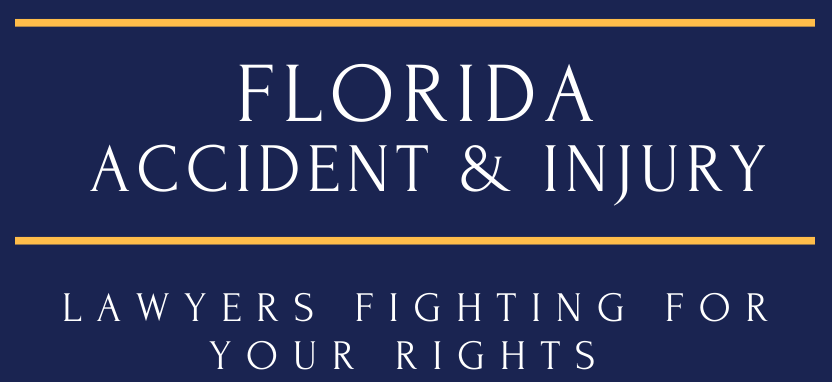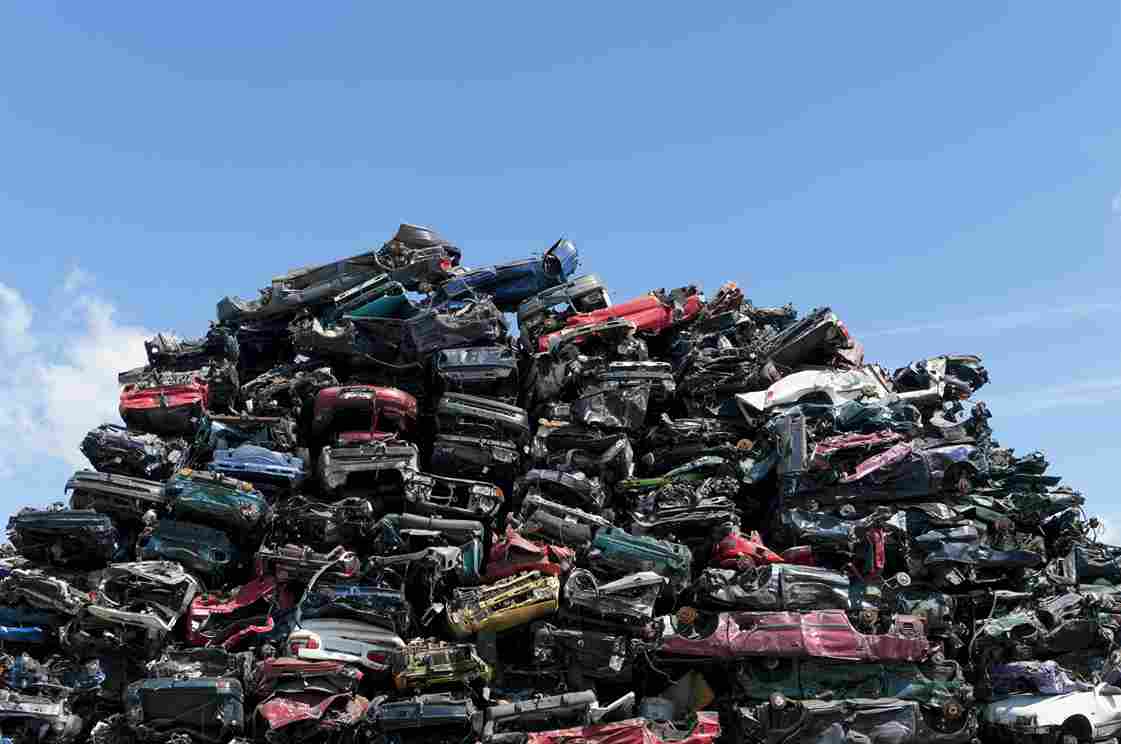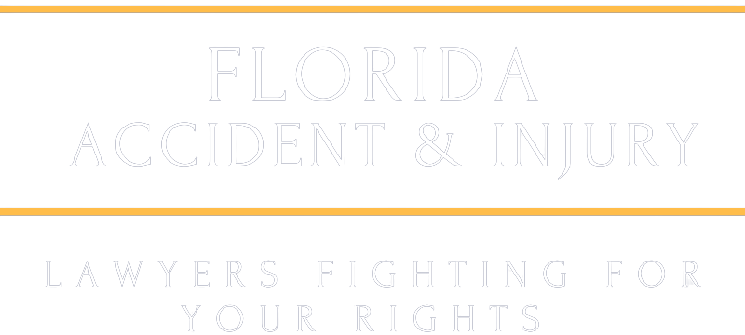Car accidents involving multiple vehicles can lead to a significant amount of property damage and personal injuries. Determining who is liable for the damages can be complex, and understanding the legal intricacies of multi-car accidents is crucial.
In Florida, determining liability in a multi-car accident is governed by a set of legal principles and procedures.
Florida Accident Injury Attorneys can provide invaluable guidance to accident victims in such cases. Our attorneys understand the nuances of Florida’s liability laws and can help victims navigate the legal complexities of multi-car accidents.
What Is a Multi-Car Accident?
Multi-car accidents, also known as pile-ups, are car accidents that involve three or more vehicles. In such accidents, the chain reaction of collisions between multiple vehicles often causes extensive property damage, injuries, and fatalities.
Multi-car accidents can occur on highways, in busy intersections, or heavy traffic. They are often caused by one driver’s error, which creates a chain reaction of collisions involving other vehicles.
The Importance of Determining Liability in a Multi-Car Accident
Determining liability in a car accident helps to ensure that the responsible party takes responsibility for the damages and injuries caused. This includes paying for property damage, medical bills, lost wages, and other expenses resulting from the accident.
Without determining liability, the injured party may have to bear the financial burden of the accident themselves.
Determining liability also helps prevent future accidents by holding responsible parties accountable for their actions. This can encourage safer driving practices and help to reduce the number of car accidents on the roads.
By figuring out who is at fault, resolving disputes between parties involved in the accident is possible. Disagreements over who should pay for damages can arise without a clear understanding of who is liable, leading to prolonged legal battles and increased stress for all involved.
In Florida, drivers are required to carry a minimum of $10,000 in personal injury protection (PIP) coverage and $10,000 in property damage liability coverage. Determining liability is necessary for insurance companies to determine how much compensation should be awarded to the parties involved.
Factors That Impact Liability in a Multi-Car Accident
Several factors can impact liability in a multi-car accident. Understanding these factors is essential to determine who is responsible for the damages and injuries resulting from the accident.
Negligence and Fault
Negligence occurs when a driver fails to exercise reasonable care while operating their vehicle. Multiple drivers may have acted negligently in a multi-car accident, contributing to the accident. Determining the degree of fault for each driver is crucial in determining liability.
Traffic Laws and Regulations
Traffic laws and regulations are established to ensure safe and orderly traffic flow on roads and highways. Violations of traffic laws, such as speeding, running red lights, or failing to yield, can be used as evidence of fault in a multi-car accident.
Weather and Road Conditions
Weather and road conditions can play a significant role in causing multi-car accidents. Inclement weather, such as heavy rain or fog, can reduce visibility and increase the risk of accidents. Poorly maintained roads, such as those with potholes or debris, can also contribute to accidents.
Vehicle Defects or Malfunctions
Defective parts or inadequate maintenance can cause multi-car accidents that would otherwise have been avoidable. For example, faulty brakes or a blown tire can cause a driver to lose control of their vehicle and collide with other vehicles on the road.
Determining liability in a multi-car accident requires thoroughly investigating the scene, collecting witness statements, and analyzing police reports and medical records. By examining the factors that impact liability, it is possible to determine who is responsible for the damages and injuries resulting from the accident.
The Process of Determining Liability in a Multi-Car Accident
Determining liability in a multi-car accident requires a systematic approach that involves several key steps.
Investigating the Accident Scene
Investigating the accident scene is the first step in determining liability in a multi-car accident. This involves collecting evidence, taking photos of the vehicles involved, and documenting any visible injuries. It is important to gather as much information as possible to reconstruct the accident accurately.
Collecting Witness Statements
The next step is to collect witness statements. Witnesses can provide valuable information about the accident, such as the sequence of events, the speed of the vehicles, and the drivers’ behavior.
Analyzing Police Reports and Medical Records
The police report and medical records can provide critical information about the accident. Police reports can contain valuable information such as the location of the accident, the time of day, and any citations issued to drivers.
Medical records can provide information about the injuries the parties involved in the accident sustained.
Hiring an Attorney
Determining liability in a multi-car accident can be complex, and it is often best to seek the guidance of an experienced car accident attorney. An attorney can help investigate the accident, collect evidence, and negotiate with insurance companies to ensure the responsible parties are held accountable. They can also represent accident victims in court if a lawsuit is necessary.
Collecting Damages in a Multi-Vehicle Accident
If another party is determined to be at fault for your multi-vehicle accident, and you have used all the PIP benefits from your insurance providers, it may be possible to recover compensation from the at-fault party.
- Property Damage: Property damage compensation covers repairing or replacing your damaged vehicle. This also includes any other personal property that was damaged in the accident.
- Medical Expenses: Medical expenses include any medical treatment you require after the accident. This includes hospitalization, doctor’s visits, prescription medications, physical therapy, and other medical expenses related to your injuries.
- Lost Wages: Lost wages compensation covers the income you lost due to the accident. If you had to miss work due to your injuries, you might be able to recover the wages you lost during that time.
- Pain and Suffering: Offered to compensate you for physical pain and emotional trauma you experienced due to the accident. This includes compensation for any permanent disability or disfigurement resulting from the accident.
- Punitive Damages: In some cases, punitive damages may be awarded. These damages are used to penalize the at-fault party for negligence or recklessness.
Determining the extent of your damages accurately is essential to ensure that you receive fair compensation.
Contact Florida Accident Injury Attorneys for Help with a Multi-Vehicle Accident Claim
Being involved in a multi-vehicle accident can be a traumatic experience, leaving you with physical, emotional, and financial damages. If you seek compensation for your damages, it is essential to seek guidance from our experienced team at Florida Accident Injury Attorneys.
Our attorneys understand the legal complexities surrounding multi-vehicle accidents and can help you navigate the claims process. By working with us, you can rest assured that your case is in capable hands, and we will fight to ensure you receive fair compensation for your damages.
Contact us today to schedule a consultation and learn how we can assist you with your multi-vehicle accident claim.



